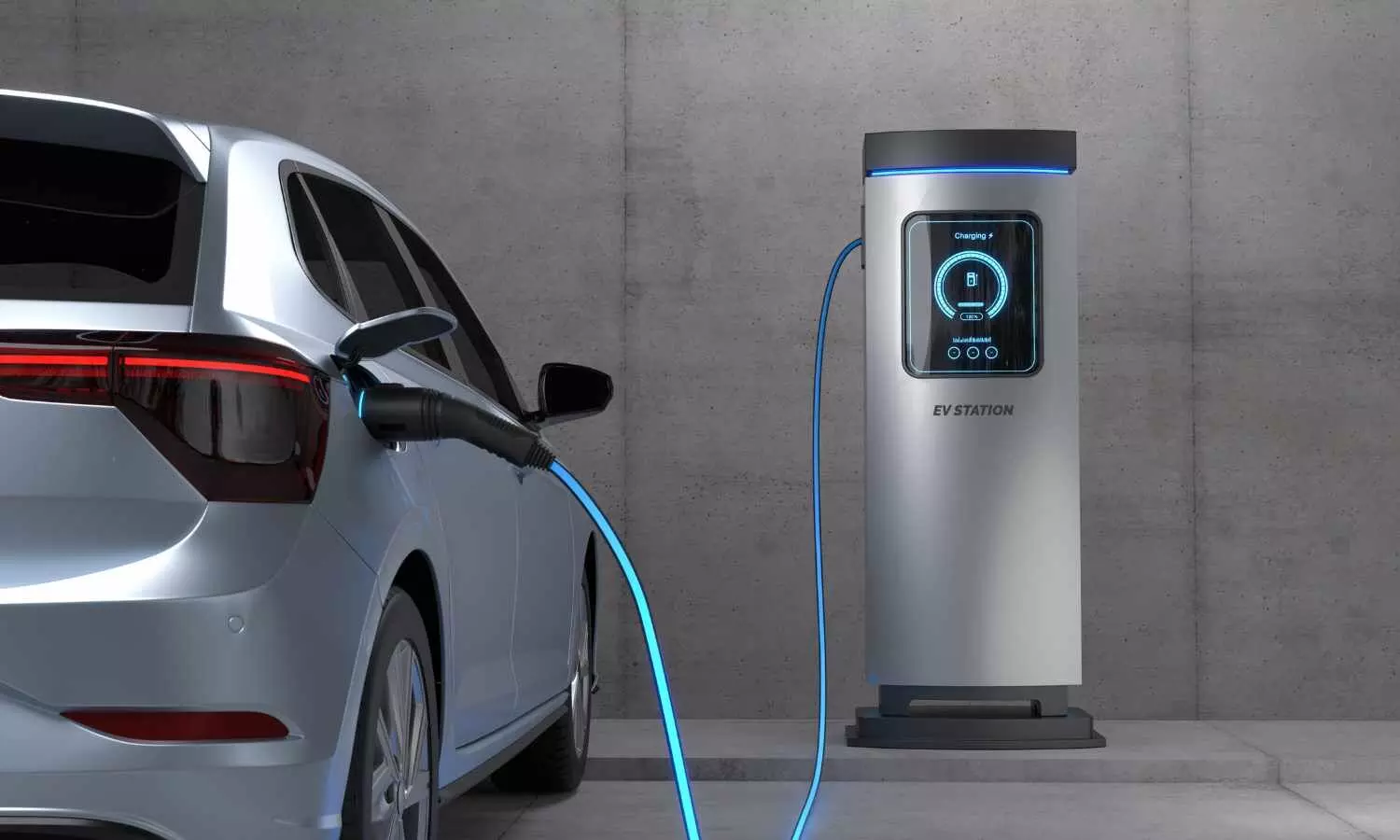EV policies to impact India’s automotive landscape in ‘25
India’s evolving EV policies in 2025 are set to reshape the automotive landscape, driving electric vehicle adoption, innovation, and sustainable mobility across the nation.
EV policies to impact India’s automotive landscape in ‘25

Mumbai, June 20
India’s electric vehicle (EV) transition in 2025 is a testament to how progressive policies can reshape an entire industry.
Talking to Bizz Buzz, Nehal Gupta, Founder and MD, Accelerated Money For U says, “With two-wheelers leading the charge, we’re witnessing a shift not just in how India moves—but in how it thinks about mobility, sustainability, and affordability.”
Government-led initiatives like the FAME scheme, reduced GST rates, and income tax incentives have significantly improved EV affordability and consumer confidence. State-specific policies from Delhi’s subsidies to Gujarat’s financial incentives are pushing adoption even further, especially in urban centers and last-mile delivery sectors, she said.
Meanwhile, developments in charging infrastructure, battery-swapping stations, and public-private partnerships are addressing long-standing barriers to mass EV adoption. These moves are not just policy interventions—they are enablers of economic and environmental transformation.
The impact is clearly visible. Electric two-wheelers have become a preferred choice for both individual commuters and businesses due to their low running costs and efficiency. As India works toward decarbonizing transport and reducing oil dependency, these policies are laying the groundwork for long-term change.
India’s electric mobility journey in 2025 is not just about vehicles—it’s about reimagining ownership, infrastructure, and financial models. Government initiatives like the FAME-II scheme and the Production-Linked Incentive (PLI) program have catalyzed local EV manufacturing and infrastructure development, setting the stage for a transformative shift in how we approach mobility.
Anagh Ojha, Co-founder & CEO at Urja Mobility says, “However, the true game-changer lies in innovative models like EV and battery leasing. With batteries accounting for nearly 40% of an EV's cost, leasing options can significantly reduce upfront expenses, making EVs more accessible to a broader demographic. This approach aligns with NITI Aayog's vision of achieving 30% EV penetration by 2030, as it addresses both affordability and sustainability.”
The battery leasing and swapping market in India, valued at USD 210.3 million in 2024, is projected to reach USD 2.3 billion by 2030, growing at a CAGR of 49.1 per cent. This explosive growth underscores the critical role of leasing models in democratizing EV adoption. Moreover, the emphasis on battery swapping and standardized charging infrastructure, as outlined in recent policy frameworks, complements leasing models by ensuring convenience and reducing range anxiety, he said.
As we navigate the complexities of EV financing and infrastructure, it's imperative to foster collaborations between policymakers, financiers, and innovators. By doing so, we can build a resilient, inclusive, and sustainable mobility landscape that not only meets our environmental goals but also empowers every Indian to be a part of the electric revolution, thereby accelerating adoption and fostering a more sustainable automotive future.
EoM.

